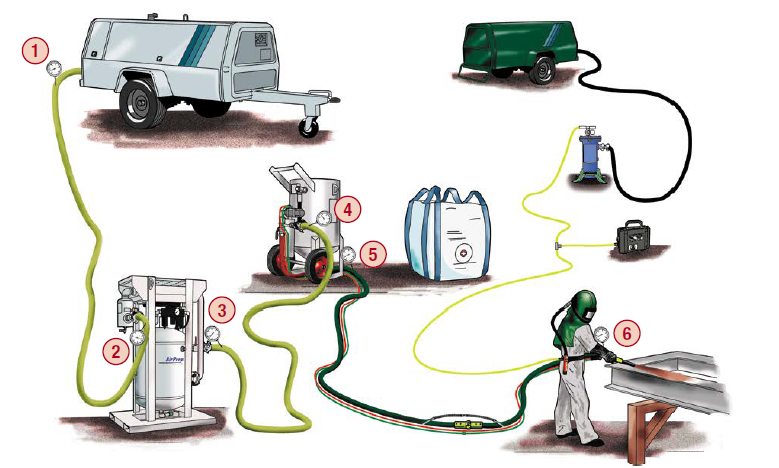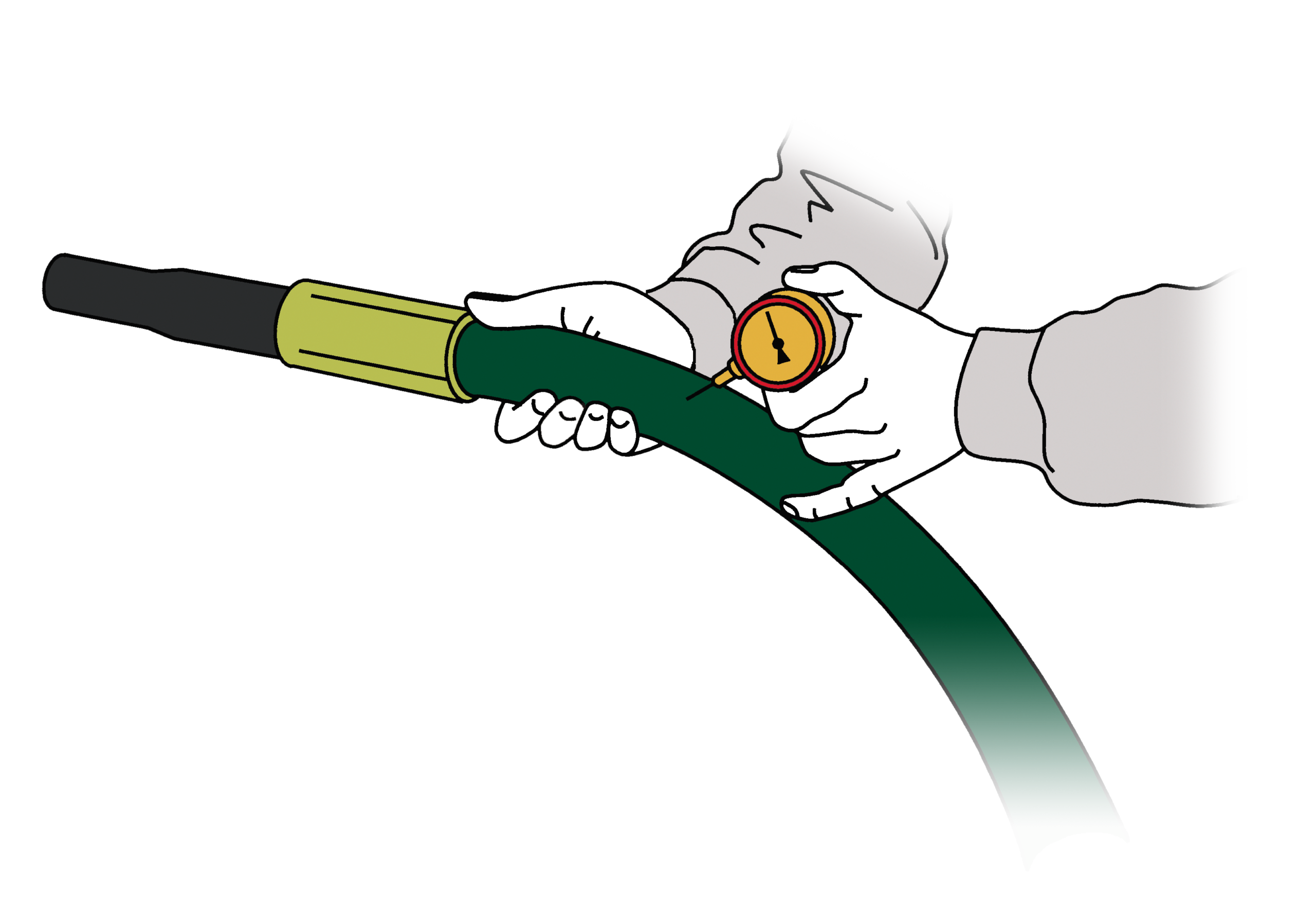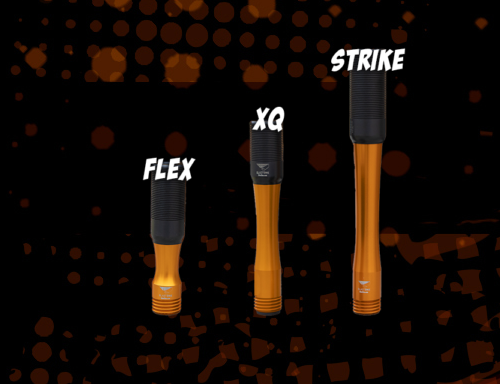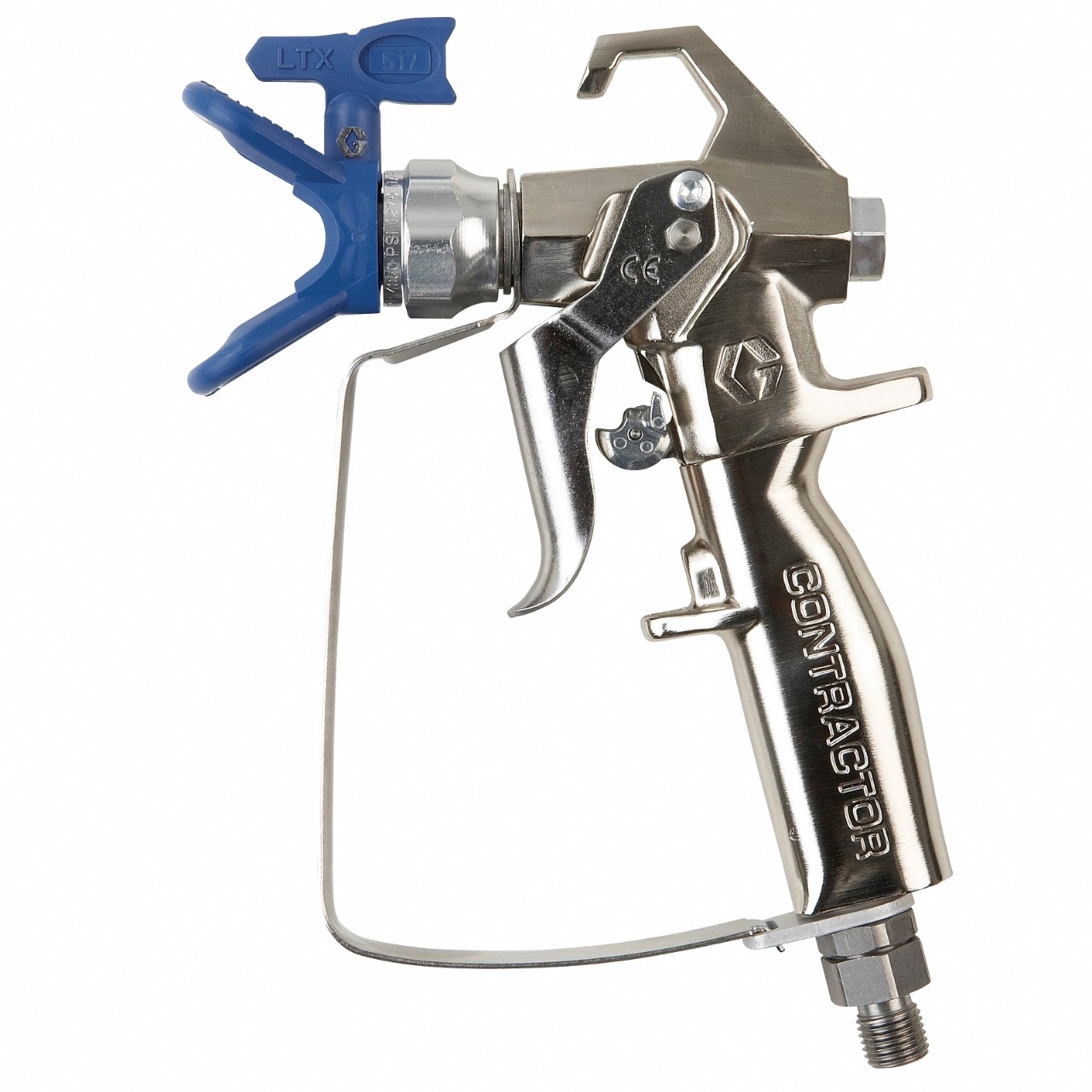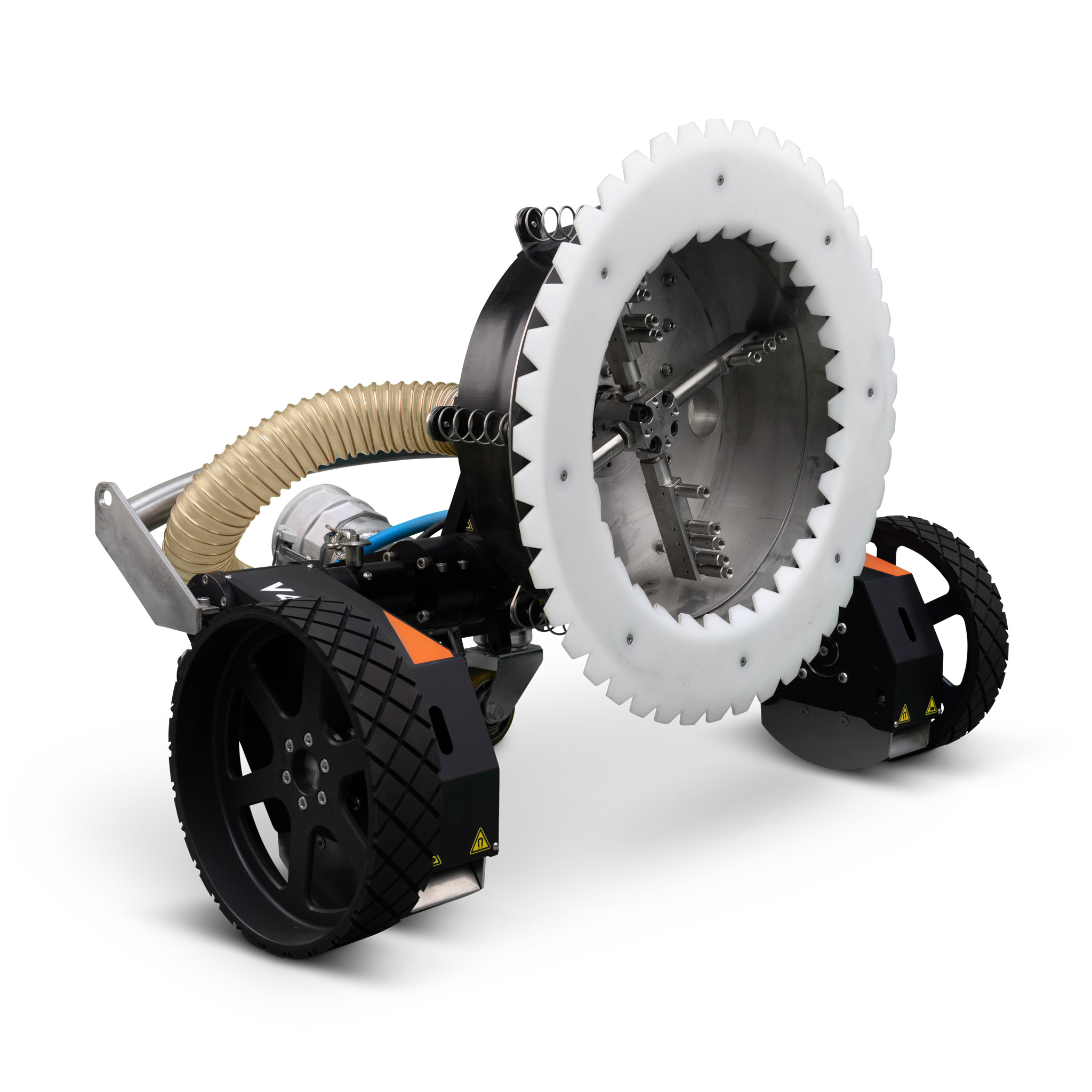Ever felt your blasting operation is underperforming? Pressure loss throughout your blast system can be a hidden culprit. This blog dives into common pressure drop points, helping you diagnose the issue and maximize your blast efficiency!
Abrasive Blast System Pressure Loss: How to Measure Pressure Drops
How to Measure Pressure Loss in a Blasting System
- Exit of Compressor – This is your maximum pressure. If this is lower than ‘normal’ – you have a compressor problem.
- Entry to AirPrep Air Dryer or Receiver – A drop in pressure here could be due to a leak in your bull hose or connection point(s), or insufficient hose diameter.
- Exit of AirPrep Air Dryer or Receiver – A significant drop in pressure at this point could mean the AirPrep is not working at its rated efficiency or leakage in hose connections.
- Entry to Blast Pot – Hose leak, hose connection leakage or insufficient hose diameter would be the cause of a pressure drop here.
- Exit of Blast Pot – A pressure drop here would be caused by a leaking hose connection point or more than likely, a leak within the Blast Pot configuration.
- Just behind the Nozzle – This is the most critical measurement of pressure drop, it is the difference between maximum pressure point 1 and output pressure point 6 . If the pressure only drops in this last section, it would be caused either by blast hose leakage, blast hose connection leakage, lengths of Blast Hose that are too long or insufficient ID of Blast Hose.
Work under the right pressure: Check nozzle pressure for productivity
Use a nozzle pressure test kit, and insert the needle into the blast hose slowly, a few inches back from the nozzle. Point the needle toward the nozzle and at a slight angle. Insert slowly until you get a constant reading. Are you getting 100psi?
 My Account
My Account

